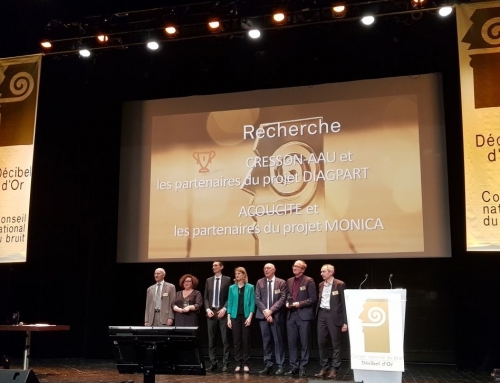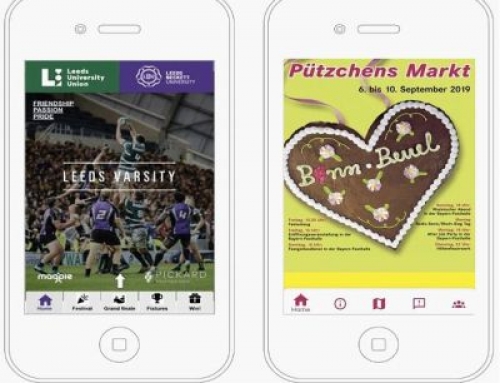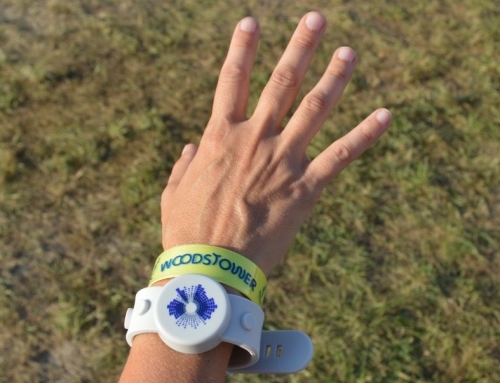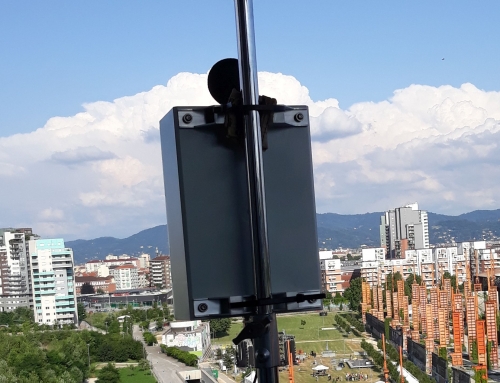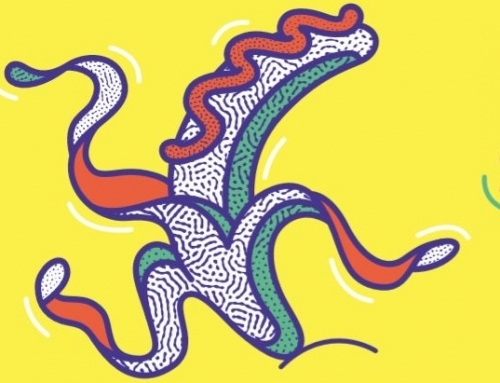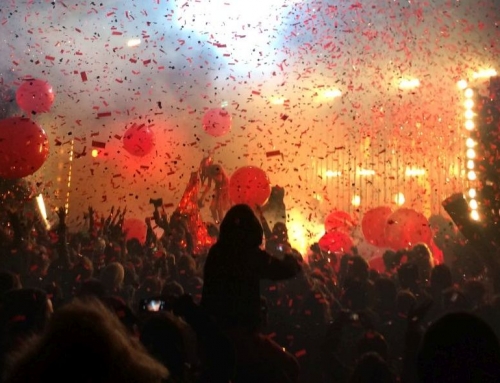
Scientific studies about the noise impact from transport and traffic are abundant, however, much less documentation exists on the effect that noise from music and cultural large-scale events has on the local population.
To get an accurate picture of how city events affect the health and well-being of its local residents, MONICA has started a noise assessment process which will continue throughout the project lifetime. The short-term aim is to use the knowledge to evaluate and refine the MONICA sound solutions. In the longer term, the knowledge can help cities improve their citizen relations and maintain large-scale events in urban areas.
Currently, an initial noise assessment of each MONICA event has been completed based on available acoustic data from the pilot sites. This allows MONICA to have a first theoretic approach to the events which gives a more precise picture of what goes on. As Bruno Vincent, CEO of Acoucité explains:
– The obligatory noise mapping done in European cities according to directive 2002/49/EC is made for average air, road and rail traffic on an average day. However, the decibels computed are neither the exact situation of a specific venue without music nor a forecast for a given date or time. It is more a basis to work with and need to be completed with specific field measurements, sound recordings and surveys. All of these aspects are necessary to get an idea of a soundscape and this is what the MONICA noise assessment will help do.
Tools and testing
Each pilot site will have tools to carry out acoustic monitoring of their events during the demonstrations. These include noise measurements based on the IoT devices deployed, sound recordings, noise maps for habitual activities in the area as well as geographic information systems (GIS) for overview of events.
Acoucité has already test-monitored several large-scale events, including Nuits Sonores and Woodstower festivals in Lyon as well as the Kappa Future Festival in Torino. Interestingly, the results reveal that perception of sound does not always follow the facts:
– The first results show that the sound levels within the events comply with regulatory thresholds. Nevertheless, external noise peaks might constitute annoyance for sensitive audiences in the neighbourhood even though the sound levels seem under control and are surprisingly almost indistinguishable from the background noise of the city. The key aspect for future assessment is to monitor the areas without any event going on and do comparisons, concludes Bruno Vincent.
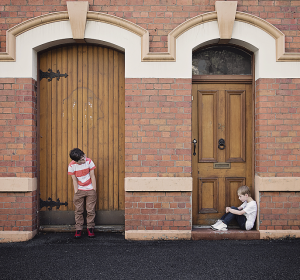
Does the noise bother you?
The observation above illustrates that noise assessment cannot solely rely on physical sound measurements. It must also consider psychoacoustic aspects and people’s perception of sound, which in MONICA will be addressed through surveys and questionnaires.
On one hand, perception is linked to extra-acoustic factors which shape the perception:
– Primary factors that influence the perception are your individual feeling as spectator, your personal history and your appreciation and personal rating of the sound source – are you a fan of rock or electronic music or not?, asks Bruno Vincent and continues:
– Secondary factors also play a role such as the communication between the event organisers and the neighbours and the induced traffic and security constraints in the streets around the venue, like road blocks. The quality of the dwelling also counts: do you have to have open windows in the summer and bear with the noise or do you have the freedom of running an air conditioner so that you can isolate yourself from the event?
On the other hand, perception can also be influenced by change in sound and interference of other sound sources:
– If you stand at a certain distance from the loudspeakers, the music fades and only low bass frequencies remain. You might also hear other artists or unrelated noises coming from food trucks or traffic, all of which can lead to a diminished quality of the musical performance, explains Bruno Vincent.
A few studies have dealt with music related to large-scale events. Current knowledge tends to confirm that the perception of cultural events could be analysed through the spectrum of the work done with environmental noise such as traffic, commercial and industrial noise:
– We will be able to confirm or reject this approach during the next few years thanks to the tools and methods developed for the MONICA project, concludes Bruno Vincent.
You can read more about the acoustic assessment in MONICA in D10.2 Acoustics Assessment Report of MONICA Pilot Sites, once it has been approved by the European Commission. See the list of public deliverables.
You can also experience the soundscapes of two MONICA events: the Festival of Lights soundscape and the FuturFestival soundscape.

